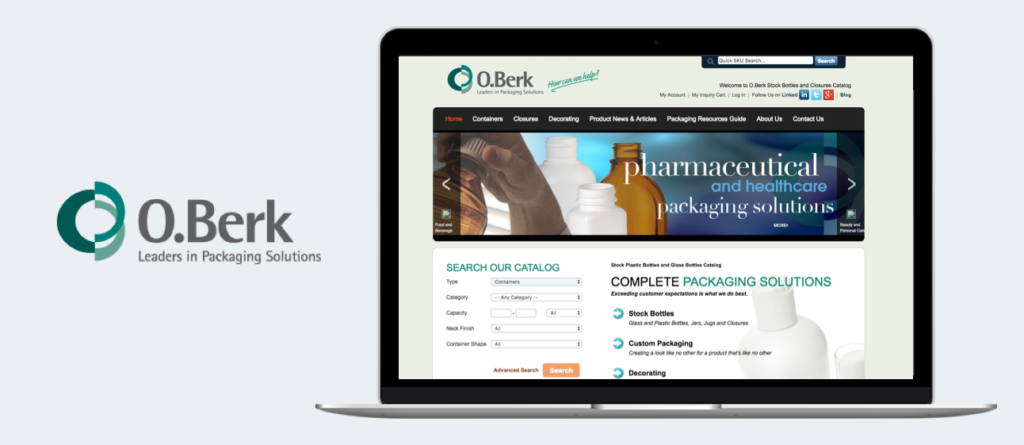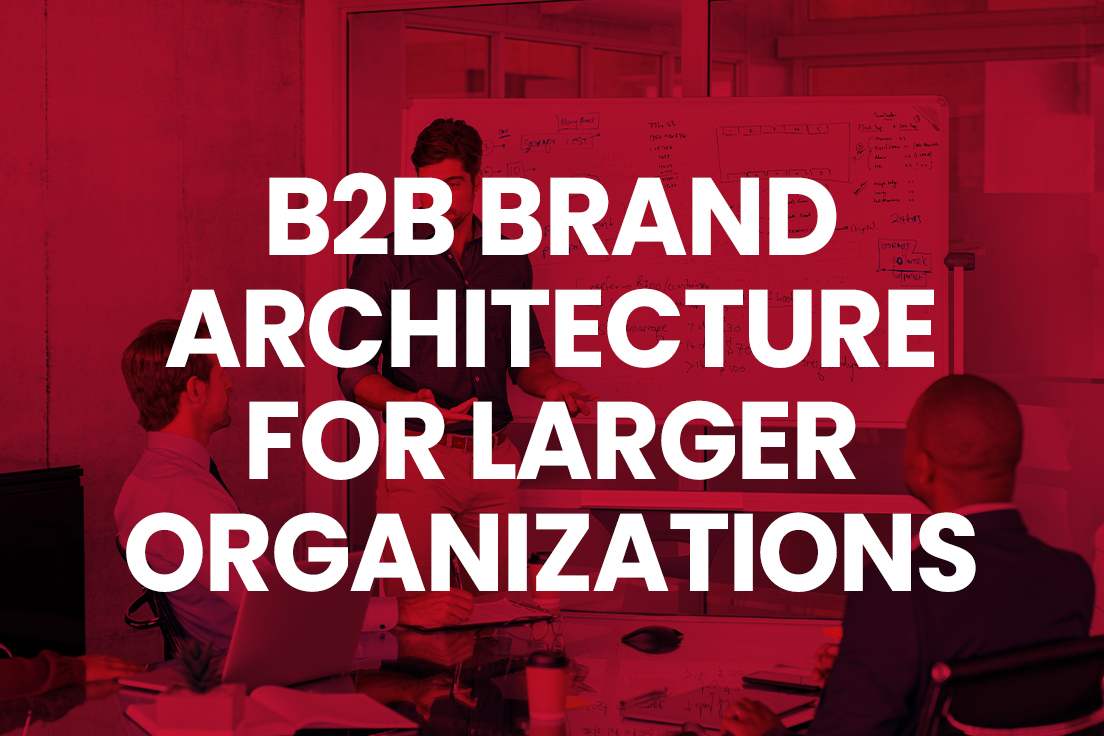THE B2B BRAND ARCHITECTURE
B2B companies often require a structured brand architecture when the organization consists of multiple components. For example, the corporation will represent itself as a brand. It’s specific divisions, product or service categories sometimes function as sub-brands to the corporate brand. Additionally, unique product properties, attributes or processes can also be branded. Laddering down further, much like the way consumer brands use mascots, select individuals in the organization can also be positioned as brand ambassadors.

As the term implies, an inherent objective of the b2b “organization” is to be “organized.” A consistent brand architecture, from the corporate level, down to the individual, with uniform messaging and visual application, increases customer trust, while delivering a more favorable impression of the company as a whole. It’s an opportunity to show the world that you, quite literally, have your “s#!t together” from a brand standpoint.
A B2B BRAND ARCHITECTURE MAY CONSIST OF:
- The Corporate Brand
- Division Brands
- Product or Service Brands
- Product Properties or Service
- Processes
- Individuals (Brand Ambassadors)
EXAMPLE: O.BERK COMPANY

When we started working with O.Berk, this 100-year old packaging distributor had grown considerably through smart acquisitions.

However, brand continuity had not been applied to the organization, making it appear as a random collection of entities vs. the strategic thoughtful whole that those sum total of entities represented.

We used visual continuity and meaning to bring the components together in a unified whole so that they could be represented together, and apart, as marketing circumstances dictated. Further, we established a common process that all O.Berk divisions and companies followed called “OptiMatch” their own branded process for helping customers achieve the perfect package solution.
Are you ready to grow? Simply give us a call at 908-534-9044 or get in touch with us here.







